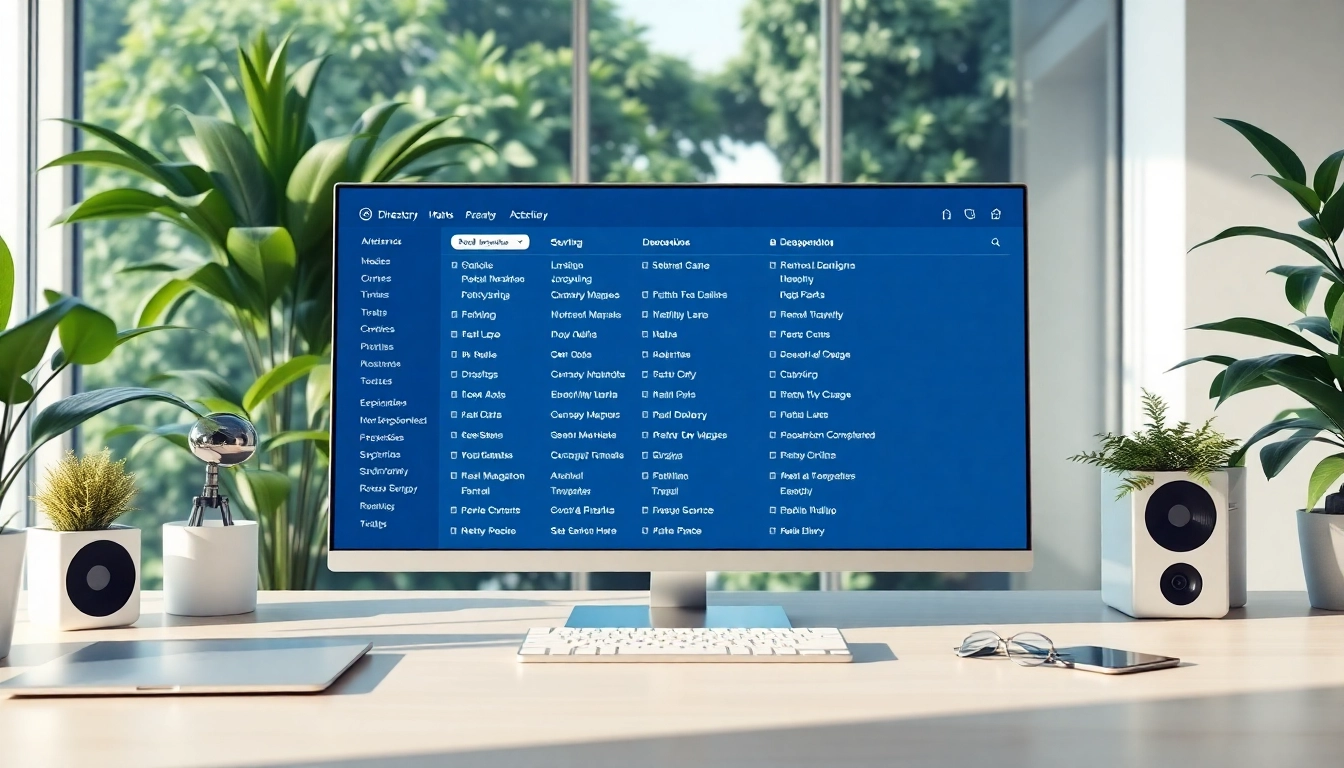Understanding Your Live Stream Audience
Engaging with your Live Stream Audience effectively starts with a deep understanding of who they are. Knowing your audience will guide you in creating content that resonates with them and keeps them coming back. In this section, we will explore how to identify audience demographics, analyze engagement metrics, and tailor content to audience interests.
Identifying Audience Demographics
Understanding your audience’s demographics is crucial for any live streamer. Key demographic factors to consider include:
- Age: Different age groups have varying interests and preferences in content consumption.
- Gender: This can influence the type of content that resonates with viewers.
- Location: Knowing where your audience is located can impact timing and language choices.
- Interests & Hobbies: This informs the thematic direction of your content.
Utilizing tools such as Google Analytics, social media insights, and audience surveys can help you gather this demographic data effectively. Once you collect the information, segment your audience into different groups to tailor content that best suits their preferences.
Analyzing Engagement Metrics
Engagement metrics serve as a window into how your audience interacts with your content. Important metrics to monitor include:
- View Count: The number of viewers can indicate how well your stream is promoted and received.
- Watch Time: This measures how long viewers stay tuned, which is essential for assessing content quality.
- Chat Activity: An increase in chat activity can show that your audience is engaged and interested in interaction.
- Share Rate: When viewers share your stream, it indicates they found it valuable enough to recommend.
Regularly analyzing these metrics post-stream can provide insights on what topics engage viewers most, allowing you to refine future content accordingly.
Tailoring Content to Audience Interests
With demographic data and engagement metrics in hand, you can start tailoring your content to align with audience interests. This could be achieved through:
- Surveys and Polls: Ask your audience what topics they’d like to see covered in future streams.
- Content Series: Create a themed content series around popular topics that intrigue your audience.
- Feedback Loops: Encourage viewers to provide feedback during or after your streams and implement their suggestions.
By actively involving your audience in content creation, you not only cater to their preferences but also boost engagement and loyalty.
Creating Compelling Live Stream Content
Now that you understand your audience, the next step is to create content that captivates them. Crafting compelling live stream content involves following best practices, utilizing storytelling, and incorporating interactive elements.
Best Practices for Content Creation
Developing best practices for content creation is essential for providing a seamless viewer experience. Consider the following:
- High-Quality Production: Invest in quality audio and video equipment to ensure your stream maintains a professional appearance.
- Structured Content: Organize your stream methodically, with a clear beginning, middle, and end to keep viewers engaged from start to finish.
- Consistency: Develop a streaming schedule and stick to it, so your audience knows when to expect new content.
- Clear Call-to-Action: Encourage your audience to act, whether it’s following your channel, sharing your stream, or participating in discussions.
Implementing these best practices will enhance viewer retention rates and support audience growth.
Leveraging Storytelling Techniques
Humans are naturally drawn to stories. By incorporating storytelling techniques into your streams, you can create more engaging and memorable experiences. Here’s how:
- Relatable Characters: Share personal anecdotes or relatable experiences to forge a deeper connection with your audience.
- Conflict and Resolution: Present challenges or dilemmas that relate to your content, followed by how to overcome them.
- Emotional Engagement: Use humor, surprise, or emotion to captivate your audience and make your stream more relatable.
Stories can make your content more impactful, encouraging viewers to return in search of further engaging narratives.
Interactive Elements to Boost Engagement
Integrating interactive elements into your live stream is crucial for fostering engagement. Here are several effective methods:
- Live Chats: Encourage viewers to interact with you in real-time, answering questions and addressing comments mid-stream.
- Games and Quizzes: Create games or quizzes that viewers can participate in, which can enhance interaction and enjoyment.
- Viewer Choices: Allow your audience to vote on what you should do next during the stream (e.g., choosing a topic).
Such interactive elements not only make streams more entertaining but also foster a community atmosphere among viewers.
Strategies for Promoting Your Live Stream
Once you have compelling content, it’s essential to promote your live streams effectively. Marketing strategies can significantly increase your viewership and engagement rates. Here are effective approaches:
Utilizing Social Media Channels
Social media serves as one of the most impactful platforms for promoting your live streams. Consider the following tactics:
- Pre-Stream Announcements: Post about upcoming streams across platforms like Instagram, Twitter, and Facebook utilizing countdowns generating anticipation.
- Behind-the-Scenes Footage: Share sneak peeks or behind-the-scenes footage to hype up your audience before the stream.
- Live Updates: Engage your audience during your stream by sharing live updates and highlights through your social channels.
By utilizing multiple social media platforms, you can create a robust online presence that drives viewers to your live streams.
Collaborations with Influencers
Partnering with influencers relevant to your niche can boost your visibility tremendously. Here are some collaborative strategies:
- Guest Appearances: Invite influencers to co-host or appear during your streams, allowing their audience to discover your content.
- Cross-Promotions: Exchange shout-outs on each other’s platforms to broaden your reach.
- Contests: Run collaborative contests or challenges that encourage participation from both audiences.
Collaborations can greatly expand your reach while lending credibility to your content.
Email Marketing Campaigns
Building a robust email list provides a valuable tool for promoting your live streams. Effective email marketing approaches include:
- Regular Newsletters: Include updates about upcoming streams, guest appearances, and thematic content in your newsletters.
- Exclusive Invitations: Offer subscriber-only invites to your streams, making them feel special and valued.
- Follow-Up Emails: Send recap emails after each stream to engage viewers and encourage them to share feedback.
A well-structured email campaign can cultivate a dedicated audience committed to supporting your content.
Enhancing Real-Time Audience Interaction
Once your stream is live, fostering real-time interaction is key to keeping the audience engaged. Here are strategies to enhance engagement during your sessions:
Live Polls and Q&A Sessions
Offering live polls and Q&A sessions enhances viewer participation. Here’s how to do it effectively:
- Frequent Polls: Conduct polls on what topics viewers want to explore next or on their opinions regarding what you’re discussing.
- Dedicated Q&A Segments: Allocate time for questions, encouraging viewers to ask anything related to the stream topic.
- Prepare for Interaction: Anticipate common questions and prepare answers in advance to facilitate smoother engagement.
Engaging your audience through polls and Q&A moments can create a dynamic and interactive environment where everyone feels involved.
Encouraging User-Generated Content
User-generated content (UGC) fosters community spirit and can greatly enhance the value of your streams. Utilize these approaches:
- Challenges: Create challenges and invite viewers to share their submissions during future streams.
- Feature Audience Contributions: Highlight your audience’s content related to your streams, giving them a platform.
UGC not only enriches your content but also strengthens the bond within your community.
Moderation Techniques for Effective Communication
To ensure a positive atmosphere during your streams, effective moderation is essential. Here are techniques to consider:
- Appoint Moderators: Designate trusted individuals to monitor chat activity, enforce rules, and engage with viewers.
- Set Clear Guidelines: Establish the norms for audience participation to promote respectful communication.
- Redirect Negative Behavior: Address negativity promptly, either by calling it out or using moderation tools.
By maintaining a positive chat environment through effective moderation, you encourage participation and foster healthy engagement.
Measuring Success and Optimization
After your live streams, it’s crucial to measure their success and identify areas for improvement. This ongoing process will help optimize your future streams. Here are key steps involved:
Key Performance Indicators to Track
Establishing performance key indicators (KPIs) is vital for monitoring your streams’ effectiveness. Important KPIs to track include:
- Viewer Retention Rates: Measure how many viewers stay for the duration of your stream.
- Engagement Rates: Analyze likes, shares, comments, and interactions during the stream.
- Growth in Followers/Subscribers: Monitor any spikes in follower counts before, during, and after streams.
Regularly analyzing these KPIs will provide a comprehensive view of your stream’s performance and audience engagement.
Analyzing Post-Event Feedback
Gathering feedback from your audience post-event can yield valuable insights. Consider the following methods:
- Surveys: Distribute surveys to collect viewer opinions on content quality, engagement, and overall satisfaction.
- Encouraging Comments: Prompt audience members to leave feedback in the comments during your streams.
Actively seeking feedback allows you to enhance your content and confirm audience interests.
Continuous Improvement for Future Streams
By analyzing KPIs and feedback, you can implement a continuous improvement strategy. Here’s how:
- Identify Patterns: Evaluate trends in viewer feedback and engagement metrics to identify what resonates.
- Set Improvement Goals: Establish specific, measurable goals for your next streams based on audience feedback.
- Iterate and Adjust: Don’t be afraid to experiment with your content or streaming methods and adjust according to audience response.
Continuous improvement not only helps refine your streaming strategy but also ensures you remain relevant to your audience’s evolving preferences.




